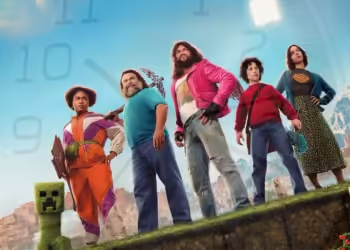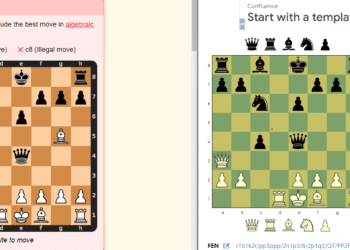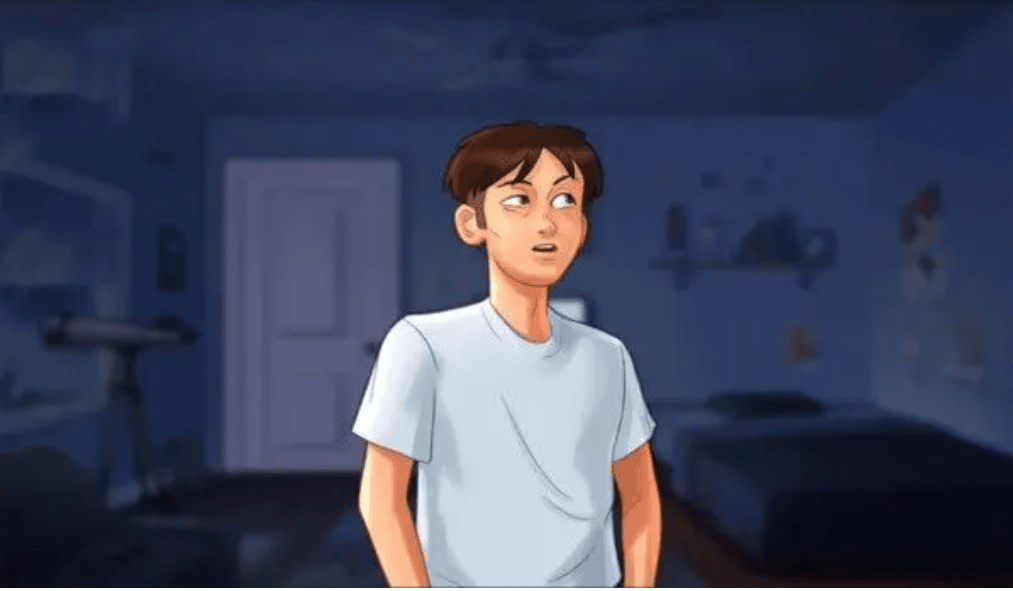You wouldn’t have expected Zelda to undergo such a transformation. But now it’s finally here, The Legend of Zelda: Breath of the Wild, and it overturns much of what you know from the series. This is still a big adventure with puzzles, boss enemies, lots of exploration (more than ever before), items to find and rubies to pay for your equipment. But Breath of the Wild is a cut above in that it’s significantly more challenging than any 3D instalment that came before it.
Nintendo wasn’t at a loss when it came to increasing the level of difficulty. There are no overlong tutorials that take you by the hand and monitor your every move. Nor are battles and enemies as mundane as they once were. And there’s plenty to do: a huge main quest that spans the whole of Hyrule, lots of side objectives, shrines, smaller encounters and plenty off the beaten track.
And while you’re taking a break from your Zelda adventures, why not explore another realm of excitement at Slotozen Casino? It’s an online casino where you can enjoy a variety of games and have a great time. Whether you’re into gaming challenges or casino thrills, there’s something for everyone. Have a blast in the gaming world!
Even if you’ve played all the Zelda games, this one is something special. Something big and sometimes confusing. So let’s start with an introduction to the game mechanics and various tips on what you can do with them.
The game world
You might not realise it so much on the Forgotten Plateau, where the tutorial takes place. But Breath of the Wild is big and open. From the point at which you receive the para-sail from the old man, you can leave the plateau and simply sail down to the plains of Hyrule. It’s entirely up to you which path you want to take there. As a rough framework, you can consider the main objective ”The Four Titans”, which sets four markers in the corners of the game world.
Where you start and where you continue and when is entirely up to you. You can go to the Zoras or the Gerudos first. Or leave it all behind and go somewhere completely different. See it as an invitation to explore, because that’s what Breath of the Wild was made for more than any other instalment.
Towers, map and fast travel
If you look at your map, you can see which areas Hyrule is divided into. You can see this from the borders that run along the map, without even a speck of the area being revealed. As soon as you enter a new area, the first thing you should do is circle around and look for the corresponding lookout tower. They glow orange and there is a tower to be found in every area.
If possible, set a course there and climb the tower.
At the top you can then insert the Sheikah stone, activate the tower (it turns blue and can now be used as a fast travel point) and the map section of the corresponding area will be revealed. The further you zoom into the map, the more details of the terrain you will recognise. For example, the first time you pass a bridge, its name will be shown on the map. This gradually reveals the nature of the land.
Apart from activated towers, there is only one other option for fast travelling: the shrines. If you pass a shrine on your travels, all you have to do is activate it briefly (the underside then lights up blue). You don’t even have to enter the shrine, it’s enough for it to be active. From now on, you can click on these points on the world map and select “Fast Travel”.
Shiekah stone and items
The Sheikah Stone, which you receive shortly after awakening in the Shrine of Life, is your most important tool. It can do practically anything. Instead of having to lug around the usual items, from grappling hooks to bombs, these things are labelled as modules in the Sheikah Stone. From here you can select bombs, the magnet model, stasis or the camera. It’s like the Swiss army knife for Hyrule travellers. Incidentally, you can’t lose the stone, so don’t worry.
And first of all: in Hateno there are also secondary objectives that you can fulfil to increase the power of the modules. The bombs then have a larger blast radius and a shorter cooldown time, the stasis module can be used to freeze not only objects but also enemies in time and the camera has been expanded to include a search function.
These are all nice additional functions that you should get, but of course you don’t have to.
If you point the camera at enemies or objects, you can find out their names. If you then take a picture of an enemy with a name above it, it will be added to a kind of bestiary where you can look it up at any time.
Shrines, heart containers, badges of honour
Another radical cut within the series: In Breath of the Wild, there are no more collectable quarter heart pieces. You will still receive an additional container after defeating a boss, but the rest works differently to what you are used to.
Within the game world, you will find these shrines and can enter them. They are basically small puzzle chambers, rarely larger than a few rooms in a row and always built around a specific mechanic. You have to use the modules of the Sheikah Stone correctly to master the challenges. Sometimes it’s about getting over a ramp full of rolling rock balls, sometimes it’s about fighting a guardian.
For completing a shrine, you will receive a token of honour. With four of these, you can go to the statue of a goddess (for example in the Citadel of Time on the plateau or in Kakariko) and pray there. The statue will ask you whether you want a heart or stamina container. Both can be increased with the tokens of endurance.
Hearts or stamina?
It all depends on what you want to do. Of course, more hearts are never a bad thing because you can withstand more hits. As Breath of the Wild is not a game of the banal variety, you should invest here. Stamina, on the other hand, is also useful. You can use it to sprint, swim and climb for longer. For example, if you’ve decided to scramble up a certain mountain massif, but you run out of breath just before you get to the ledge, you can consider upgrading your stamina.
You don’t have to worry about manoeuvring yourself into a dead end.
In Hateno, a small town that you will reach sooner rather than later, there is a statue where you can pay a fee to have your containers redistributed. Want to do a quick climb and then butter everything in your heart again? No problem if you have the chance.
Weapon durability
Another thing that Zelda players have to get to grips with is the durability of their equipment. Both melee weapons and bows wear out over time. The weaker the actual strength value of the weapon, the faster it crumbles. You should therefore always have a good supply of different types in your inventory: Sword, halberd, hammer. Not only should different types be favoured against different enemies.
You should also make sure you don’t suddenly find yourself empty-handed. Weapons can usually be found by defeating enemies, exploring the environment – most likely in hard-to-reach places – and in the shrines. It’s worth getting the crates in the shrines anyway. As well as good equipment, they often contain rubies.
Where is my horse?
Good question, which one do you want? It’s no longer the case that you’ll find Epona right after starting the game or shortly afterwards. Instead, you’ll often see clusters of several horses in meadows, from which you can grab one. Sneak up behind the horse and mount it. It will fight back. Use the L button to pat it and increase its affection. If you use piebald horses, it is easier to mount and ride off. They are not quite so unruly. At the latest when you pass the Twin Mountains Stables – one of the first stops on the way to Kakariko – Fussaren will explain what you need to know about horses and give you a corresponding side task.
With this knowledge, you are at least equipped to get started. Everything else is up to the game. Don’t get discouraged and take your time. Also, have fun with The Legend of Zelda: Breath of the Wild.




















